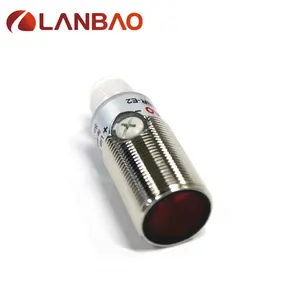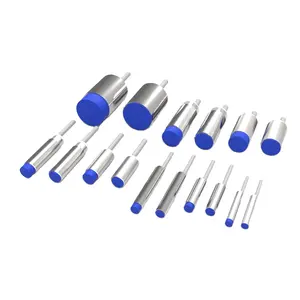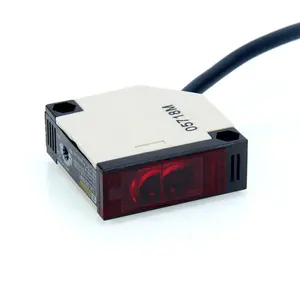

Photoelectric Detecting Sensor LANBAO CE Photoelectric Detection Sensor IP67 Proximity Sensor 2m Position Switch Sensor

Original In Stock Proximity Sensor PCB Board Inductive Distance Sensor With Cylindrical Shape Proximity Sensor























Photoelectric sensors are sophisticated devices that play a crucial role in modern automation and industrial processes. These sensors operate by emitting a beam of light, which, upon being interrupted or reflected by an object, triggers a response. This technology is integral to various applications, from simple everyday uses to complex industrial systems.
There are several types of photoelectric sensors, each suited to specific applications. Diffuse sensors are designed to detect the presence of an object by measuring the light reflected back to the sensor, making them ideal for close-range detection tasks. Photoelectric switch and photoelectric eye sensor variants are typically used in applications where the precise detection of an object's presence or absence is critical. These sensors can quickly switch states, making them suitable for high-speed processes. The Omron photoelectric sensor range, including models like e3z t61 and e3z r61, is known for its reliability and versatility across different environments.
The application of photoelectric cell sensors spans a broad spectrum of industries. In the realm of manufacturing, they are indispensable for automation, ensuring precision in assembly lines. The photoelectric light sensor is commonly found in lighting systems, contributing to energy conservation by detecting ambient light levels. In agriculture, these sensors help in monitoring and controlling equipment, optimizing the use of resources. The adaptability of sensor photoelectric Omron models like the e3z ls61 makes them suitable for specialized environments, including cleanrooms and safety installations.
Photoelectric sensors offer numerous advantages, such as non-contact detection, which minimizes wear and tear, and high-speed response, which is essential for real-time applications. The materials used in photo sensors are selected for durability and performance, ensuring they can operate in various environmental conditions without degradation. Components like the SICK photo sensor are crafted to deliver consistent performance even in challenging industrial settings.
Innovation in the field of photoelectric sensing technology is ongoing, with new applications emerging in the Internet of Things (IoT) and smart devices. These sensors are becoming more integrated and intelligent, capable of more complex tasks such as distinguishing between different types of objects and communicating with other devices in a networked environment. The future of photoelectric sensors is closely tied to advancements in artificial intelligence and machine learning, opening up even more possibilities for their application.